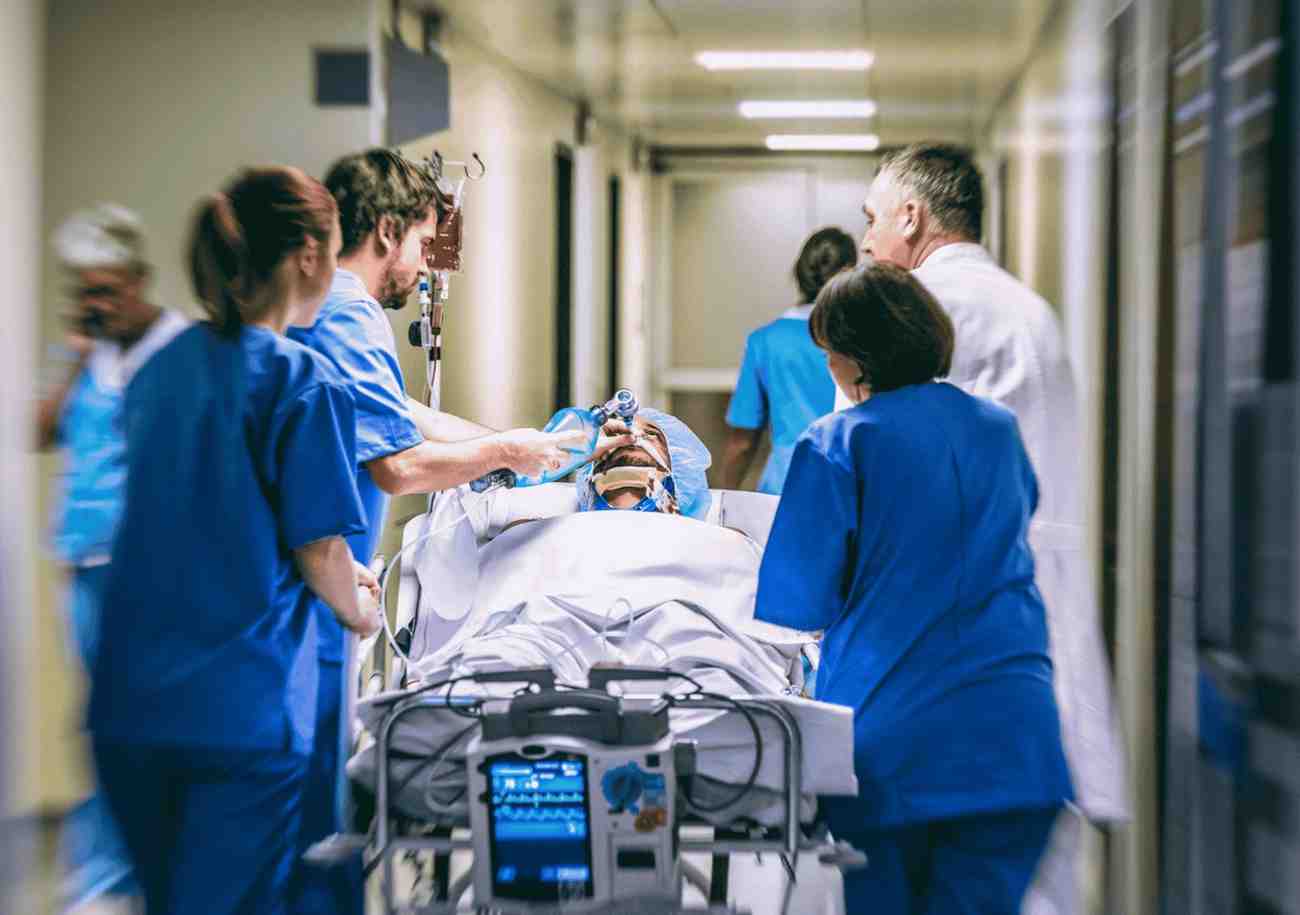Orthopedic Care: Signs You Need Surgery for Joint Pain
April 25, 2025
Are you struggling with persistent joint discomfort that limits your daily activities? Understanding when joint pain surgery may be the right option can help you regain mobility and improve your quality of life. At Sonu Hospital, our orthopedic team specializes in identifying the orthopedic surgery signs that indicate it’s time to consider a surgical solution.
In this blog, we’ll explore the common indications for surgery, outline what to expect from procedures like knee replacement surgery and hip surgery for pain relief, and help you decide when to schedule a consultation.
What Causes Persistent Joint Pain?
Joint pain can stem from a variety of conditions, including:
- Osteoarthritis: Degeneration of joint cartilage leading to stiffness and swelling
- Rheumatoid Arthritis: An autoimmune condition causing joint inflammation and damage
- PostTraumatic Arthritis: Joint damage after injury or fracture
- Avascular Necrosis: Loss of blood supply to bone tissue, particularly in the hip
- Meniscal Tears and Ligament Injuries: Common knee conditions causing instability and pain
Knowing the underlying cause helps your orthopedic specialist determine the best course of action.
Key Orthopedic Surgery Signs
While nonsurgical treatments-like physical therapy, medications, and injections-often bring relief, certain orthopedic surgery signs suggest that surgical intervention may be necessary:
Severe, Unrelenting Pain :
- Pain that persists despite six months of conservative treatment
- Night pain that interferes with sleep
Significant Loss of Function :
- Difficulty walking, climbing stairs, or even standing
- Trouble performing everyday tasks such as dressing or cooking
Visible Joint Deformity :
- Bowing of the leg in advanced knee arthritis
- Shortening or rotation of the hip in severe hip joint damage
Chronic Swelling and Inflammation :
- Recurrent joint effusions that do not improve with rest or medications
- Warmth and redness around the joint indicating ongoing damage
Evidence of Joint Space Narrowing or Bone-on-Bone Contact :
- Confirmed by Xrays or MRI indicating severe cartilage loss
- Predicts further degeneration without intervention
If you exhibit one or more of these signs, it’s time to discuss surgical options with your orthopedic specialist.
Common Joint Pain Surgeries
Knee Replacement Surgery :
A total or partial knee replacement surgery removes damaged cartilage and bone, replacing them with prosthetic components. Benefits include:
- Dramatic pain relief
- Restored stability and range of motion
- High success rates and durability
Hip Surgery for Pain Relief :
Procedures such as total hip replacement or hip resurfacing address joint destruction from arthritis or avascular necrosis. Advantages are:
- Elimination of boneonbone friction
- Improved gait and posture
- Rapid return to activities like walking or swimming
Arthroscopic Procedures :
Minimally invasive surgeries-such as meniscus repair or ligament reconstruction-help restore joint integrity with smaller incisions, less postoperative pain, and quicker recovery.
Benefits of Timely Surgical Intervention
- Enhanced Quality of Life: Reduced pain and increased independence
- Improved Mobility: Return to hobbies, work, and family activities
- Prevention of Further Damage: Halts the progression of joint deterioration
- LongTerm Relief: Modern implants and techniques can last decades
Conclusion
We hope this blog has clarified the orthopedic surgery signs to watch for and given you insight into joint pain surgery, including knee replacement surgery and hip surgery for pain relief. Early recognition and timely intervention at Sonu Hospital can make all the difference in your recovery and longterm joint health.




